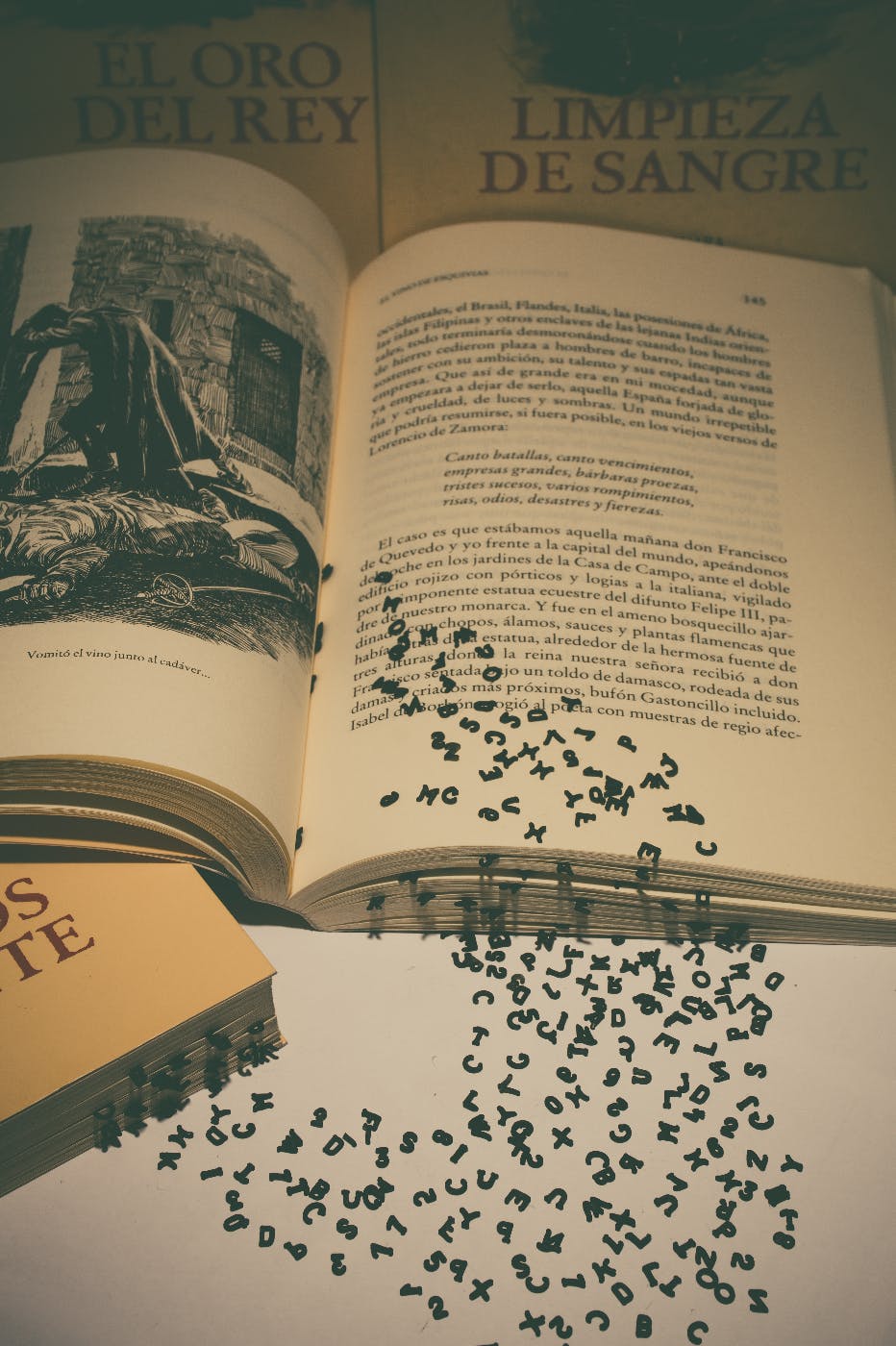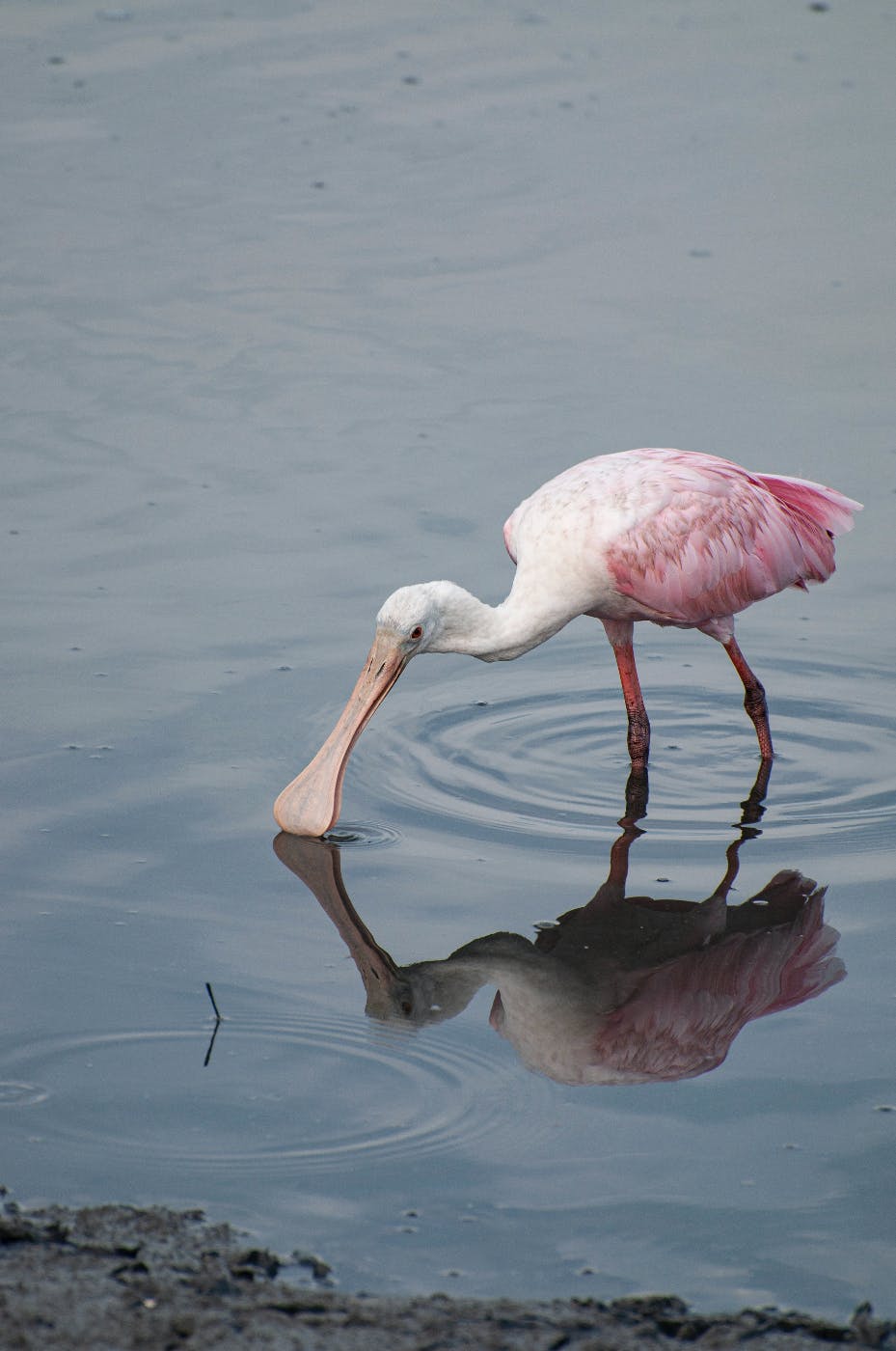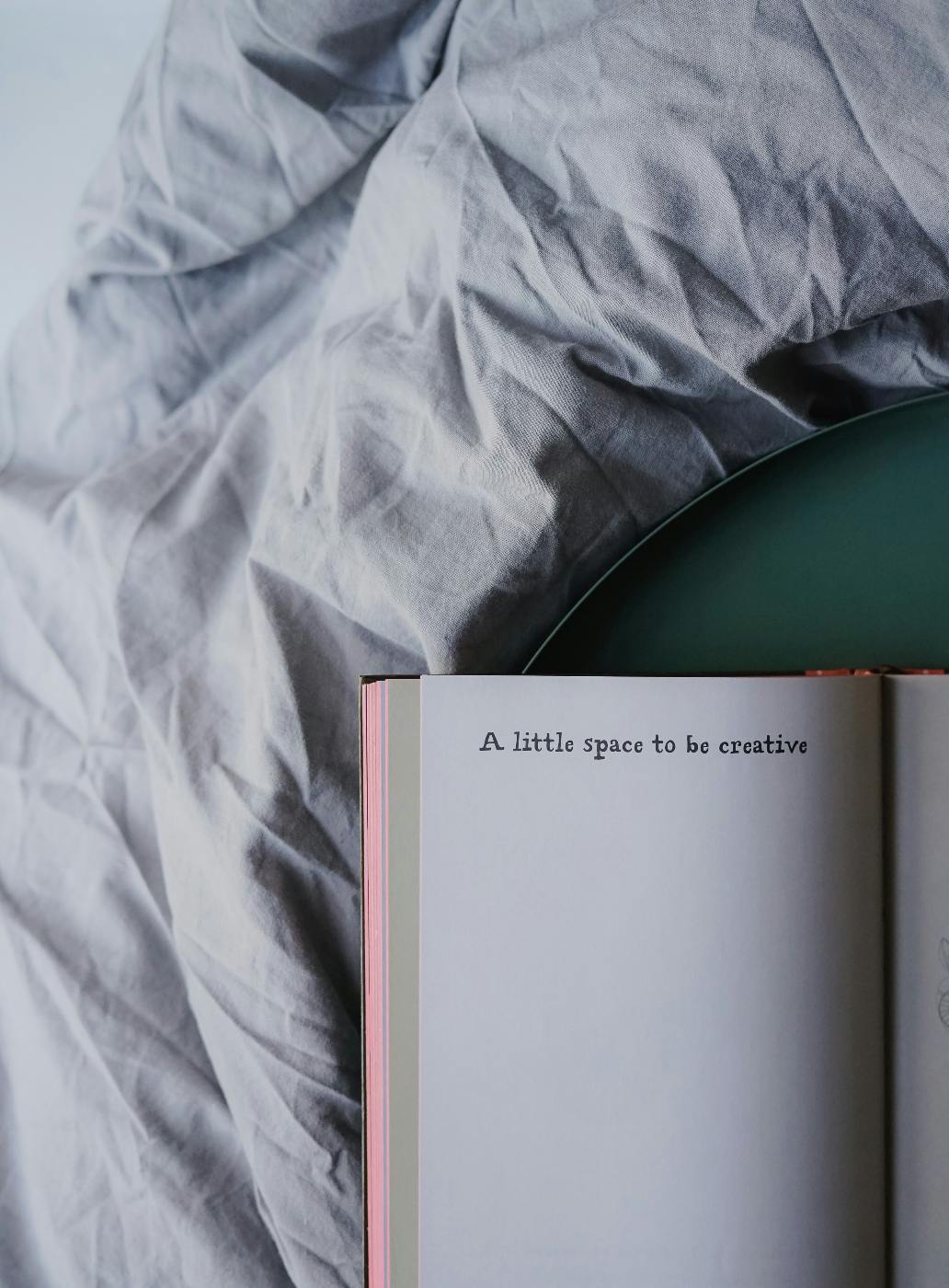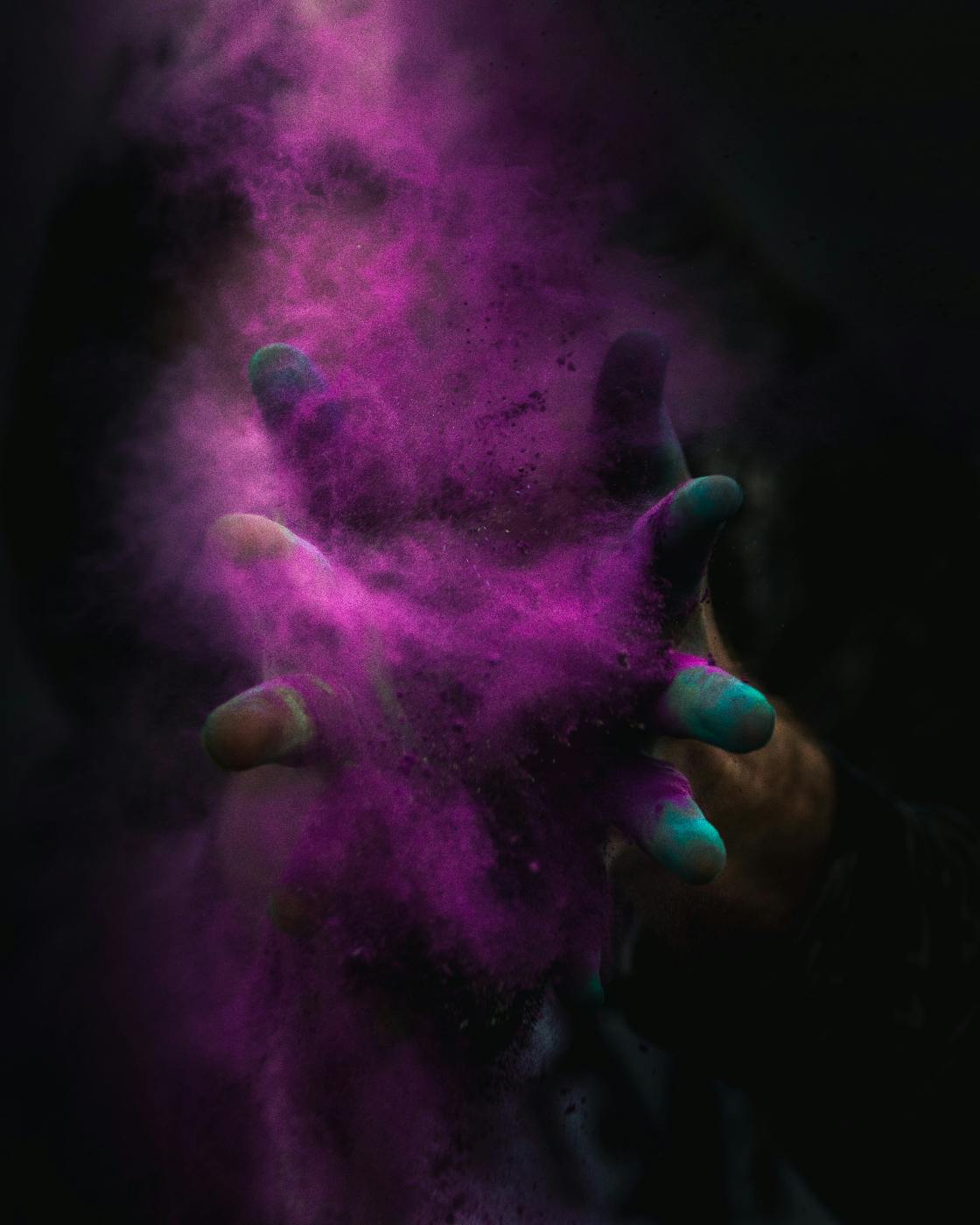
Creativity is often associated with boundless freedom and unrestricted imagination.
Creativity is often associated with boundless freedom and unrestricted imagination. However, there is a paradoxical truth that lies within the realm of creative expression: constraints can actually fuel innovation and lead to remarkable breakthroughs. While the pursuit of perfection can stifle creativity, embracing creative constraints can unlock new perspectives, ignite imagination, and foster resourcefulness. This essay explores the power of creative constraints, highlighting their ability to liberate artists, designers, and problem solvers from the burdensome pursuit of perfection.
The Paradox of Perfection
Human nature drives us to seek perfection in our creative endeavors. We strive for flawless execution and often fall victim to the belief that unrestricted freedom will yield the best results. However, this pursuit of perfection can be counterproductive, leading to procrastination, self-doubt, and creative paralysis. The fear of failure and the overwhelming choices can inhibit the creative process, preventing individuals from exploring new ideas and taking risks. This is where creative constraints come into play.
Defining Creative Constraints
Creative constraints refer to deliberately imposed limitations or boundaries within which artists, designers, and problem solvers operate. These constraints can be physical, such as limited time, budget, or resources, or they can be conceptual, like working within a specific theme, style, or medium. By embracing these constraints, creative individuals are encouraged to think innovatively and find unique solutions within the given limitations.
Unlocking Imagination and Innovation
Creative constraints force us to think outside the box and discover new avenues for expression. When faced with limitations, we are compelled to tap into our ingenuity and resourcefulness. By focusing on what is possible within the defined boundaries, we are more likely to generate unconventional ideas and find novel approaches to problem-solving. The scarcity of resources or time can ignite the creative spark and foster innovative thinking.

Imagination
Creativity and imagination are powerful aspects of the human mind that have shaped the course of history, fueled innovation, and inspired remarkable works of art, literature, and scientific breakthroughs. They are innate abilities that reside within each individual, waiting to be cultivated and harnessed to their full potential. What is the significance of creativity and the imagination, their interconnection, and the ways in which they contribute to personal growth, problem-solving, and the advancement of society?
The Essence of Creativity and Imagination
Creativity is the ability to generate original ideas, concepts, or solutions by combining existing knowledge and experiences in new and innovative ways. It involves thinking beyond conventional boundaries, embracing ambiguity, and embracing the freedom to explore different perspectives. On the other hand, imagination is the mental capacity to form mental images, ideas, or concepts that are not present in one's immediate sensory experience. It enables individuals to visualize, simulate, and envision possibilities beyond the constraints of reality.
The Interplay of Creativity and Imagination
Creativity and imagination are intimately connected, each complementing and enhancing the other. Imagination provides the raw material for creativity, as it allows individuals to conceive ideas or scenarios that have not yet come into existence. It acts as a wellspring from which creative thoughts emerge. Conversely, creativity fuels the imagination by transforming these mental images into tangible expressions, whether through artistic endeavors, scientific theories, or technological innovations. Together, they form a powerful cycle of inspiration, ideation, and manifestation.

The Power of Creativity and Imagination
Creativity and imagination play pivotal roles in various aspects of life. In personal growth, they foster self-expression, individuality, and personal fulfillment. They encourage individuals to embrace their unique perspectives, think independently, and pursue passions and interests. Moreover, creativity and imagination are invaluable assets in problem-solving. They allow individuals to approach challenges from different angles, think outside the box, and generate novel solutions that conventional thinking may overlook.
Additionally, creativity and imagination are catalysts for societal progress. They spark innovation, drive scientific discoveries, and shape cultural movements. They have given birth to masterpieces in art, literature, music, and film, inspiring and influencing generations. They have paved the way for technological advancements, revolutionizing industries and improving the quality of life. Creativity and imagination have the power to transcend boundaries, challenge norms, and create a more inclusive and compassionate society.
Creativity and imagination are fundamental to the human experience. They empower individuals to explore new possibilities, solve problems, and shape the world around them. By nurturing and cultivating these innate abilities, we can unlock the full potential of our minds and create a future that is vibrant, innovative, and filled with endless possibilities.
Embracing Limitations as Catalysts for Growth
Creative constraints offer an opportunity for growth and self-discovery. When we release the pressure of perfection, we can truly explore our creative potential. Constraints challenge us to work within boundaries, adapt, and stretch our abilities. They encourage experimentation, risk-taking, and learning from mistakes. By embracing limitations, we gain a deeper understanding of our creative process, develop new skills, and cultivate resilience.
Examples of Creative Constraints in Action
Throughout history, numerous artists, designers, and innovators have thrived under creative constraints. For instance, renowned architect Frank Gehry transformed design challenges and limited budgets into iconic structures, such as the Guggenheim Museum in Bilbao. Filmmaker Alfred Hitchcock utilized constraints like limited budgets and sets to create suspenseful masterpieces like "Rope" and "Lifeboat." The Japanese art of haiku, with its strict structure of three lines and seventeen syllables, exemplifies how creative limitations can lead to profound expressions of beauty and depth.
The power of creative constraints lies in their ability to liberate us from the paralyzing pursuit of perfection. By embracing limitations, artists, designers, and problem solvers can tap into their imagination, foster innovation, and discover new pathways for self-expression. Creative constraints challenge us to think differently, adapt, and push the boundaries of our abilities. They provide an environment where mistakes are welcomed as valuable learning experiences and where the journey becomes as important as the destination. So, let us embrace the power of creative constraints and break free from the shackles of perfection, for within these limitations lies the boundless realm of true creative freedom.
Summing Up
Shooting for perfection is shooting into the wind at nothing. Perfection is not the point of creativity, and we have seen here that trying to be perfect will kill your creative impulses very quickly.
If you’re feeling less than creative or you don’t have an in-house creative team, talk to ThoughtLab; we have creative designers, developers, and storytellers that will make your brand stand out in a crowd and get you seeing further. Talk to ThoughtLab about all your creative needs; you’re perfect the way you are; the further you seek perfection, the further you move from yourself. Stay grounded, and talk to ThoughtLab.

